If you have a scar that’s causing you distress, you may be a candidate for scar revision surgery. This type of operation can minimize the appearance of a scar, making it less noticeable. The goal of this surgery is to make the scar less visible and to improve the function and feel of the affected area.
The first step in achieving great results with the surgery is to find a board certified plastic surgeon that specializes in this type of surgery. Dr. Henry Chen is a double board-certified Beverly Hills Cosmetic Surgeon who has several years of experience helping patients achieve their desired results. He has helped many patients who have been self-conscious about their scars, including those who have scars from burns, accidents.
Scars are a common result of injury or surgery
It’s not uncommon to have scars. In fact, according to the American Academy of Dermatology, about 50 million Americans have are affected by a certain skin condition. While some scars may be barely noticeable, others can be quite visible and bothersome. If you’re unhappy with the appearance of your scar, there are options available to help improve its appearance.
Scar revision surgery is one option that can help improve the appearance of your scar. This type of surgery is performed by a plastic surgeon and involves removing the existing scar and re-closing the wound with smaller, less visible stitches. In some cases, skin grafting may also be used to help cover up the scar.
If you’re considering the surgery, it’s important to keep in mind that it’s usually not covered by insurance. However, many people feel that the results are worth the cost.
Types of scars: atrophic, hypertrophic, keloid
There are three main types of scars: atrophic, hypertrophic, and keloid. Each type of scar has its own unique characteristics and requires different treatment methods.
Atrophic scars are the most common type of scar. They occur when there is a loss of tissue, which can be caused by acne, surgery, or injury. Atrophic scars are usually smaller than the surrounding skin and have a depressed or sunken appearance.
Hypertrophic scars are raised and thicker than atrophic scars. They occur when there is too much collagen produced during the healing process. Hypertrophic scars are more common in people with darker skin tones.
Keloid scars are the most severe type of scar. They occur when there is an overgrowth of collagen during the healing process.
What is scar revision surgery?
Scar revision surgery is a type of operation that helps improve the appearance of a scar. It is also called dermabrasion, laser resurfacing, or excision and abrasion. The goal of scar revision surgery is to make the scar less visible and improve its function.
There are many different types of scars, including: hypertrophic scars, keloid scars, atrophic scars, and contracture scars. Each type of scar has different characteristics and requires a different approach to treatment.
This surgery can be performed on any type of scar, but it is most effective on hypertrophic and keloid scars. It is less effective on atrophic and contracture scars.
Who is a good candidate for scar revision surgery?
Scar revision surgery is a type of plastic surgery that helps to improve the appearance of scars. It can be used to treat both old and new scars. There are many different factors that will affect whether or not scar revision surgery is right for you. These include the location of the scar, its size, its shape, and your skin type. The surgery is usually not covered by insurance. This is because it is considered to be a cosmetic procedure.
How is scar revision surgery performed?
Scar revision surgery is performed to improve the appearance of a scar. The type of scar revision surgery will be determined by the location, size, and shape of the scar. The goal of scar revision surgery is to make the scar less visible.
The surgery is usually performed under local anesthesia. The surgeon will make an incision in the skin and remove the scar tissue. The surgeon may also use a laser to help improve the appearance of the scar.
What are the risks and side effects of scar revision surgery?
Patients who elect to have scar revision surgery can experience a number of risks and side effects. Though the surgery is typically safe, there is always the risk of infection, bleeding, and adverse reactions to anesthesia. The most common side effect is temporary numbness in the area where the incisions were made. Other potential side effects include pain, swelling, bruising, and scarring. Patients should discuss all potential risks and side effects with their surgeon prior to having scar revision surgery.
This surgery is a risky and invasive procedure with a number of potential side effects. These include infection, permanent scarring, nerve damage, and skin necrosis. Patients should weigh the risks and benefits of this surgery before deciding if it is right for them.
If you are unhappy with the appearance of your scars, know that you are not alone. Many people seek out scar revision surgery to improve their quality of life. While the cost of surgery can be prohibitive, the results are often worth it. If you live in Los Angeles, give us a call to schedule a consultation and see if we can help you achieve the results you desire. Don’t let your scars hold you back any longer—consult with a surgeon today to see what options are available to you.










